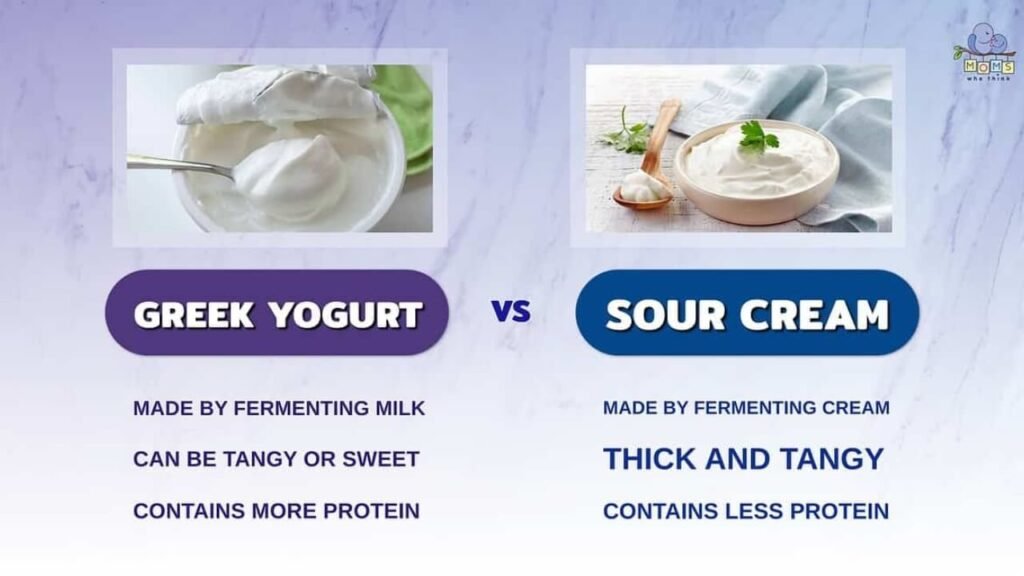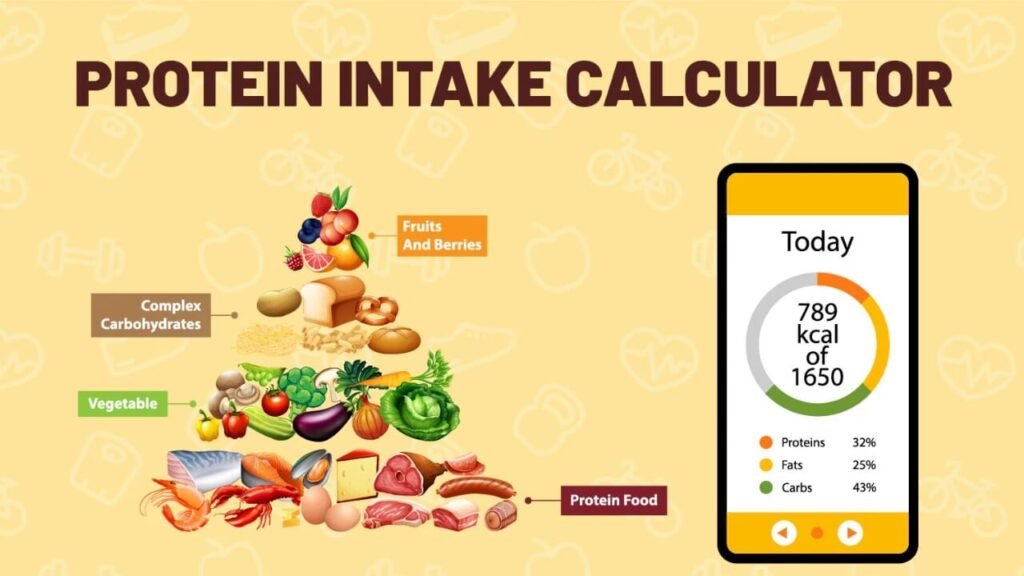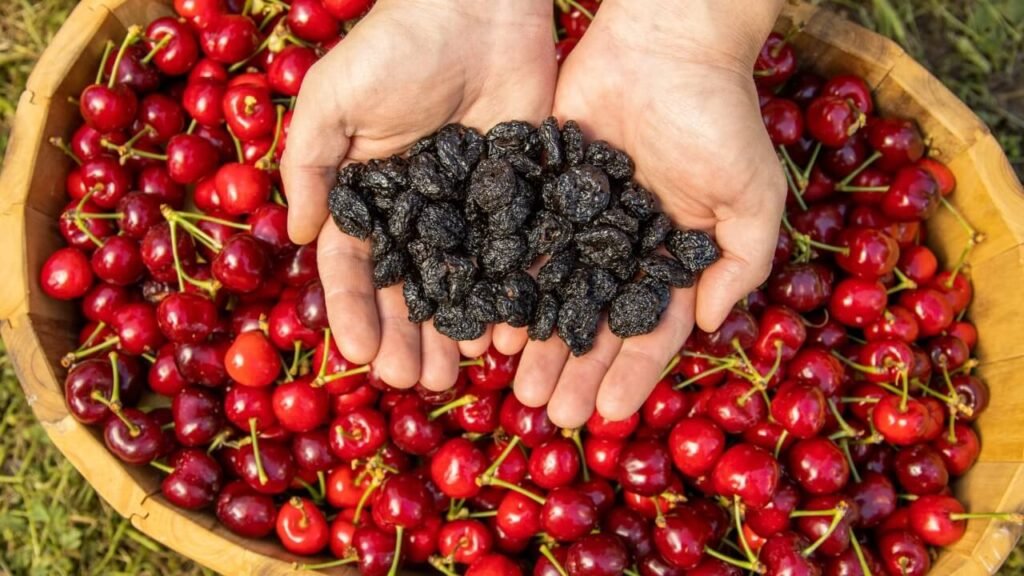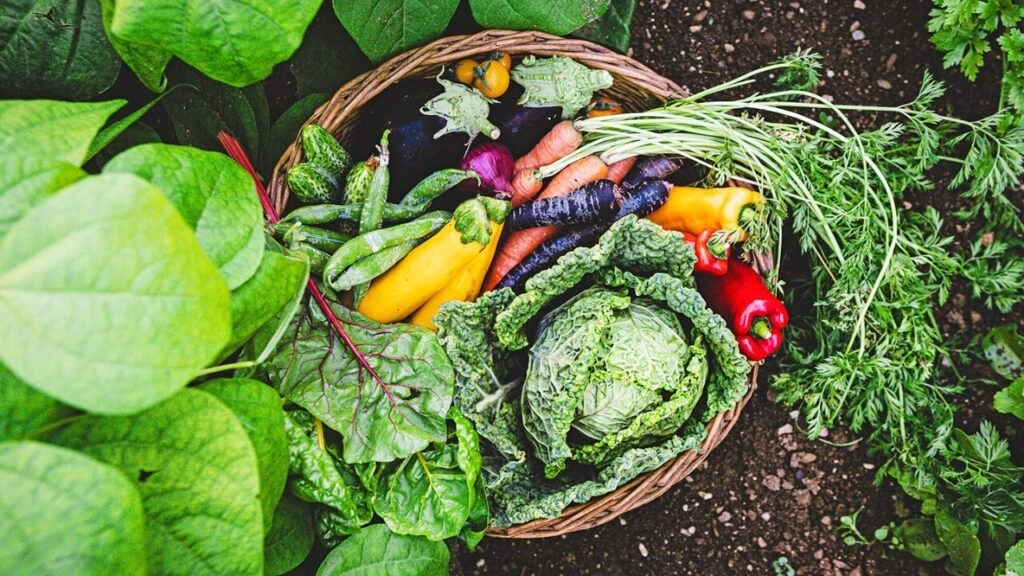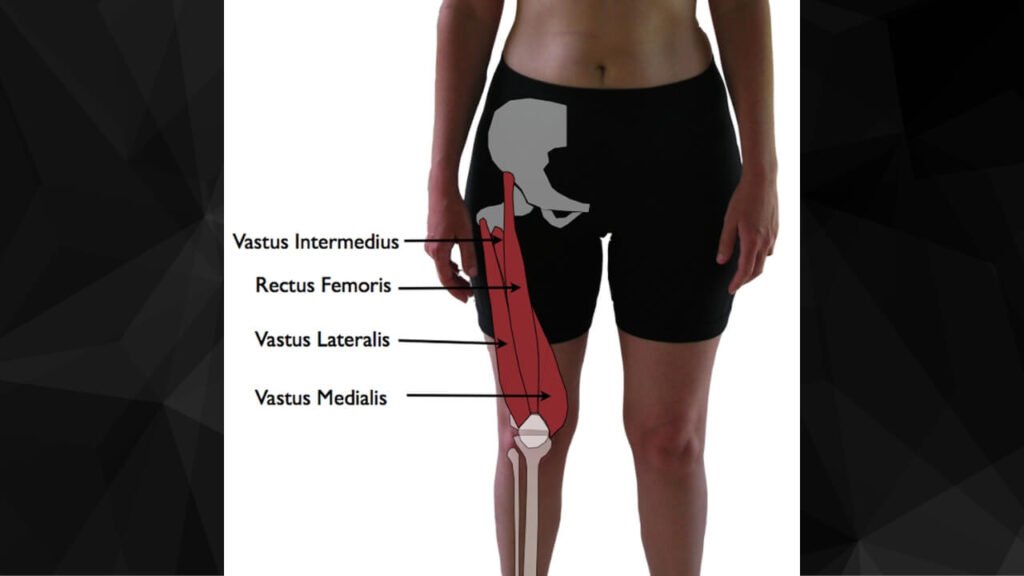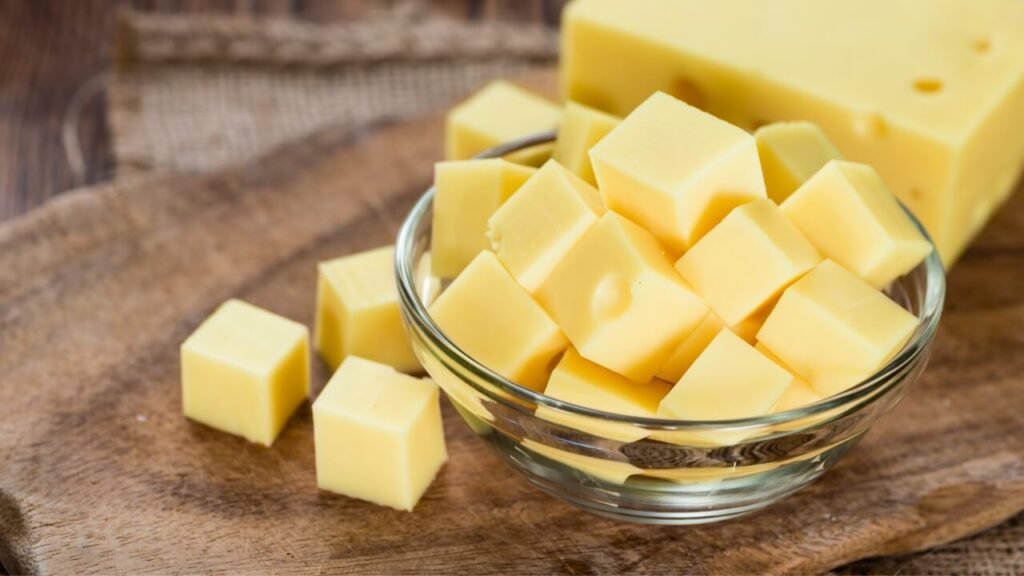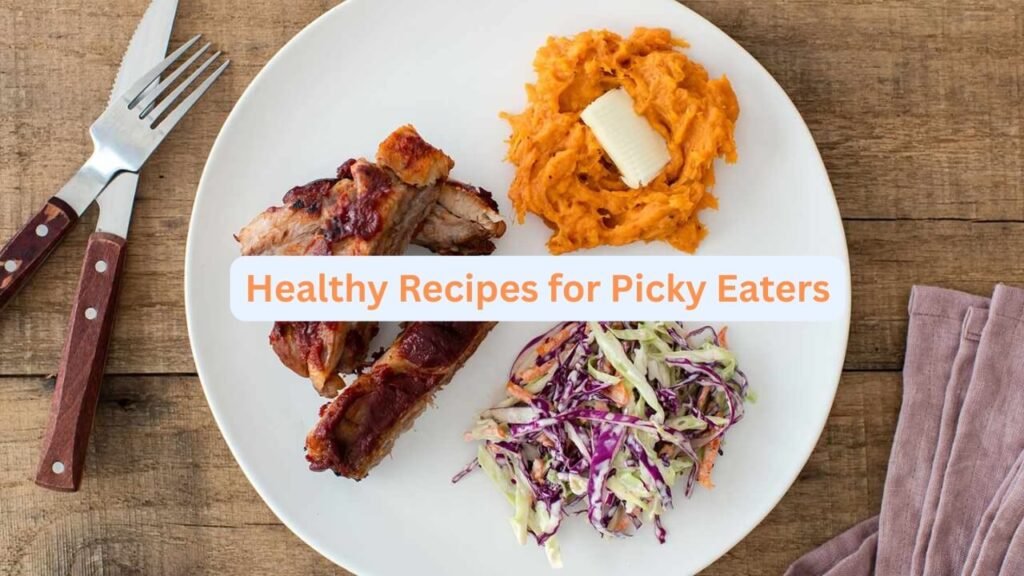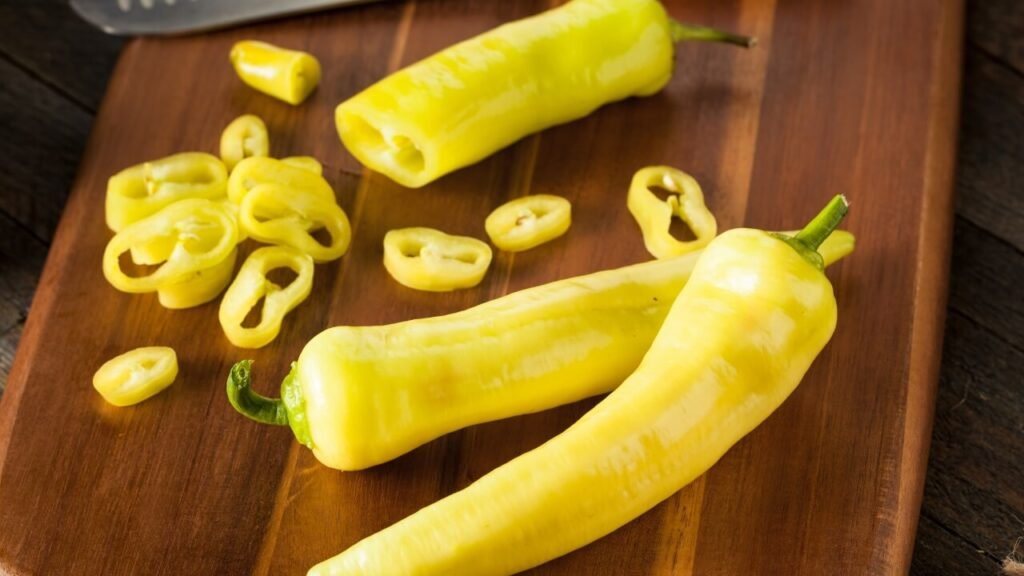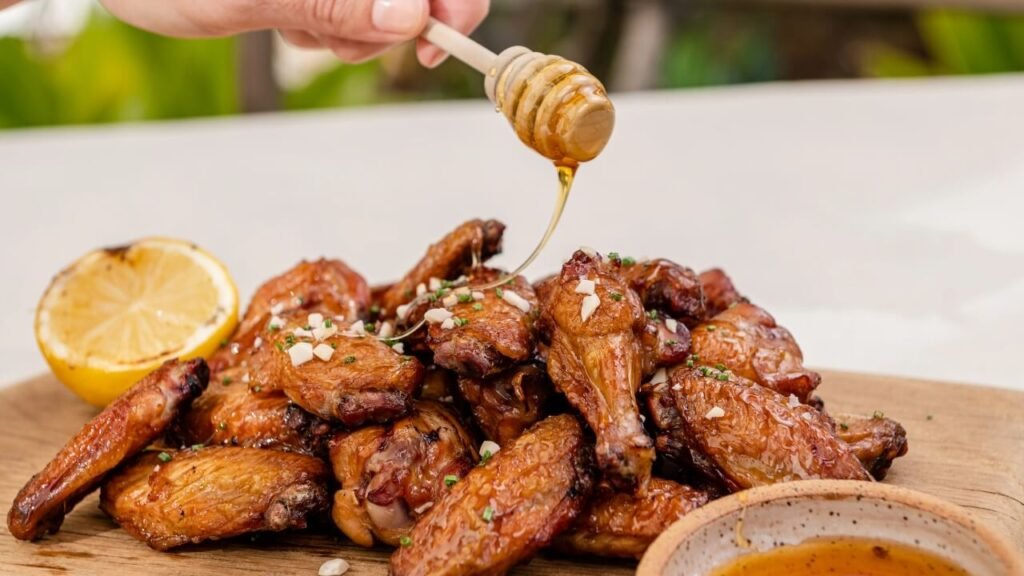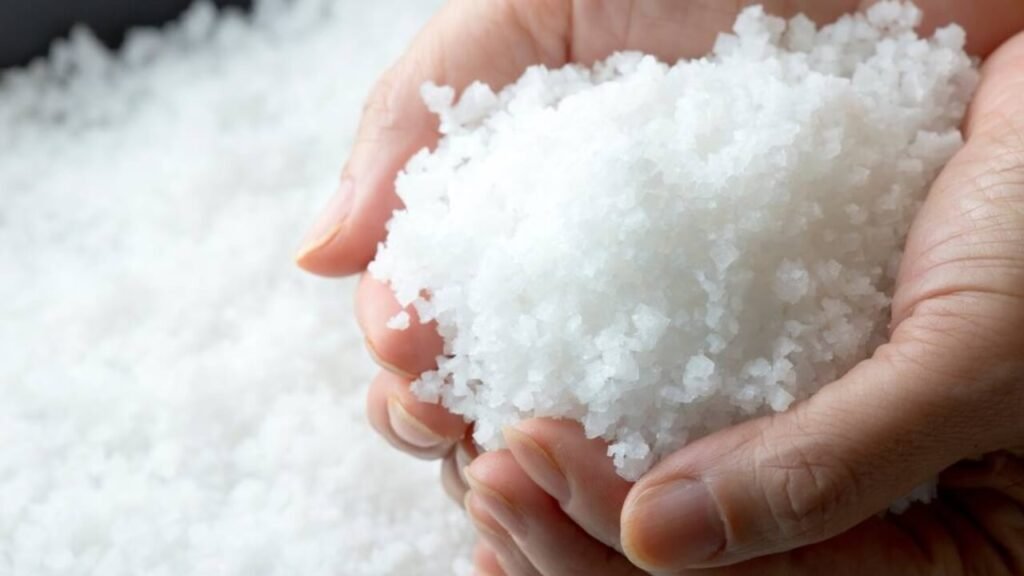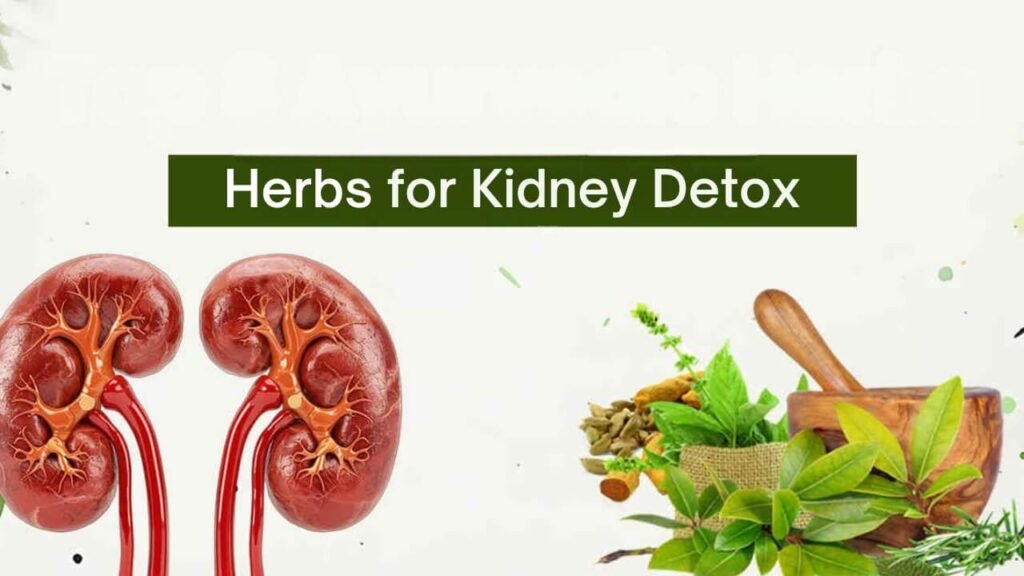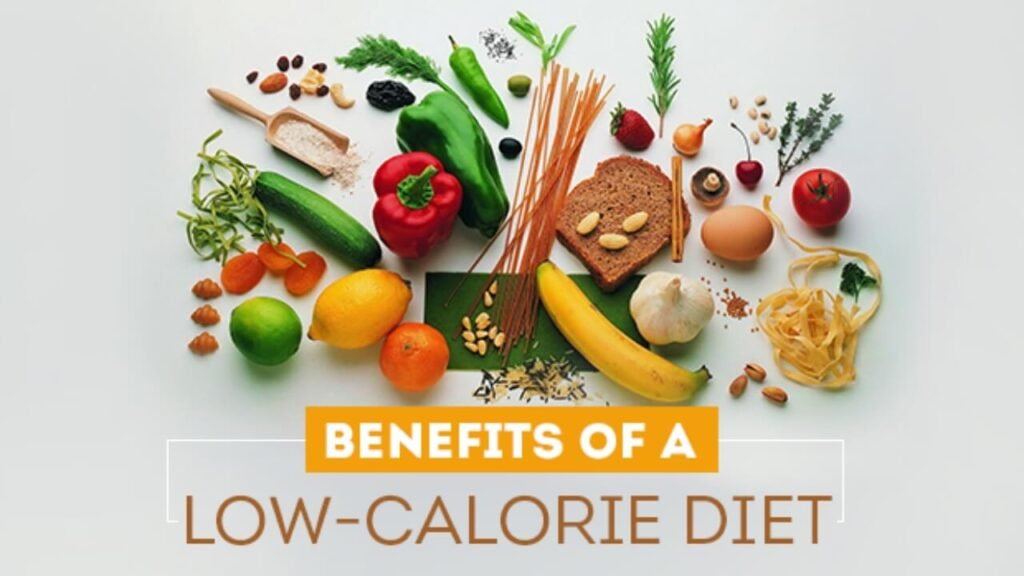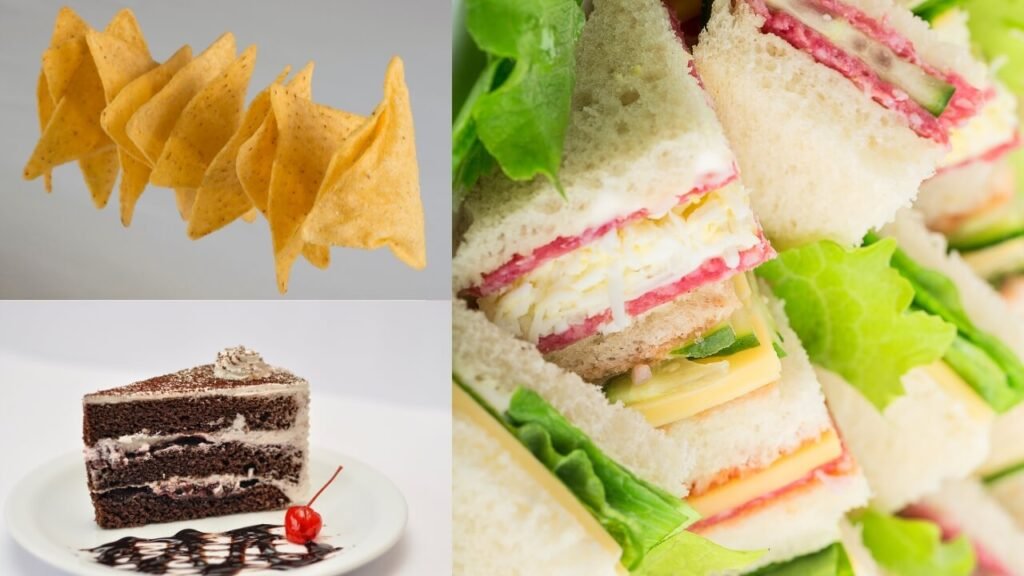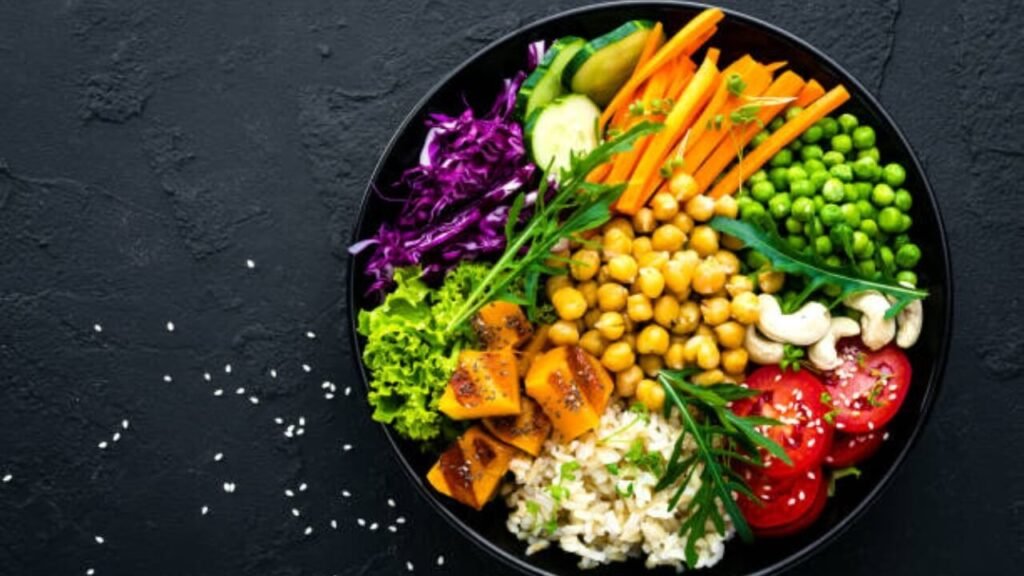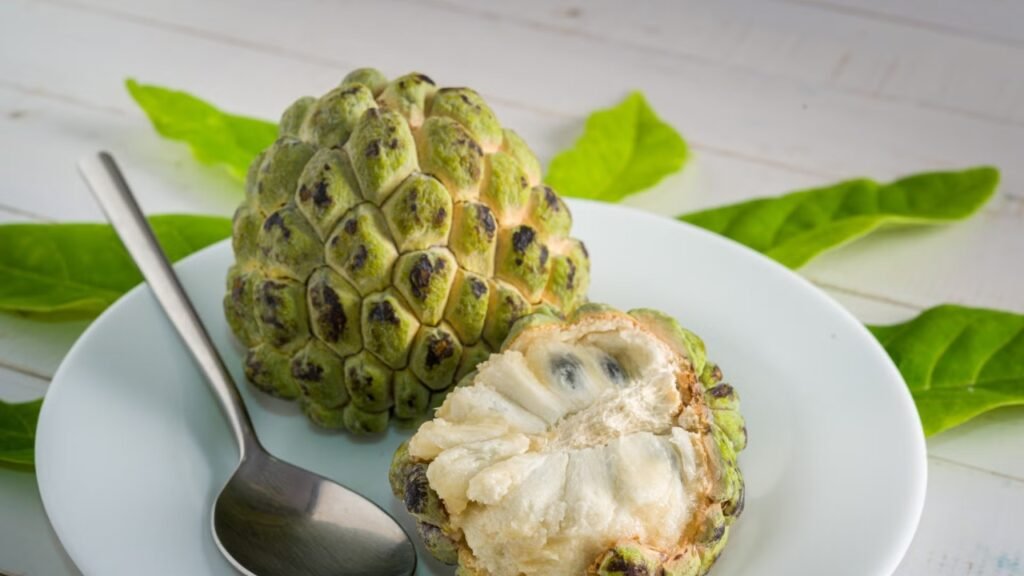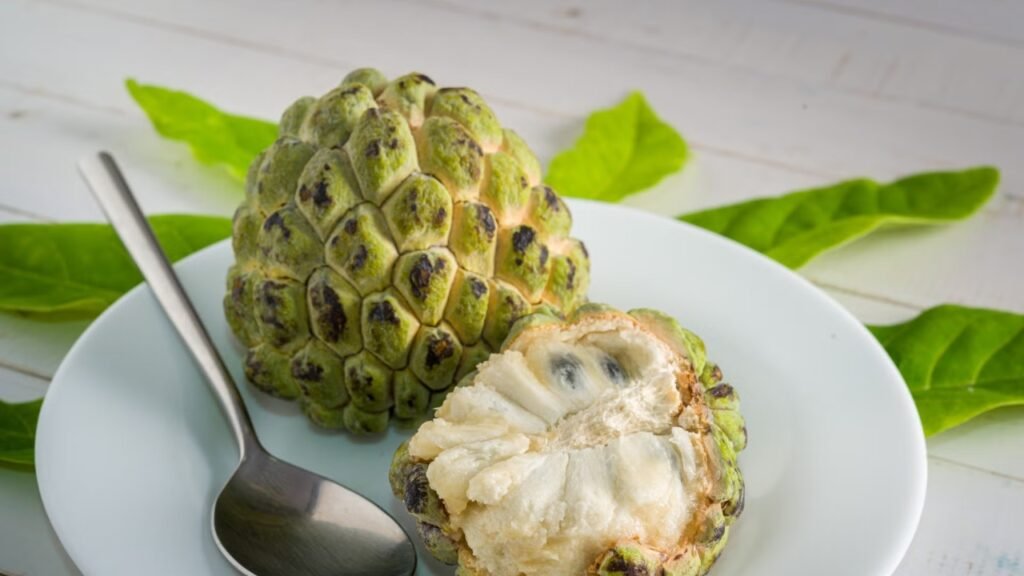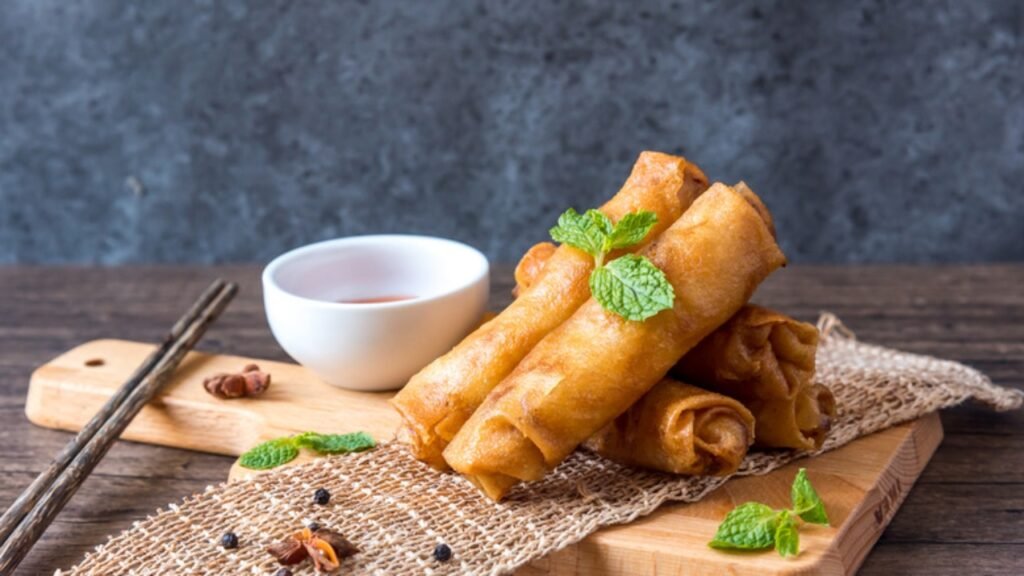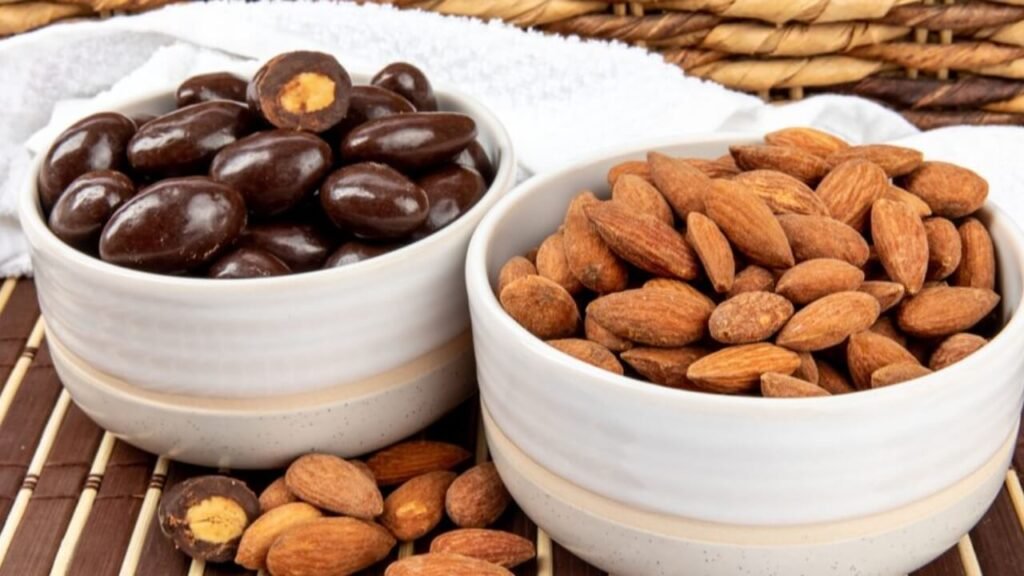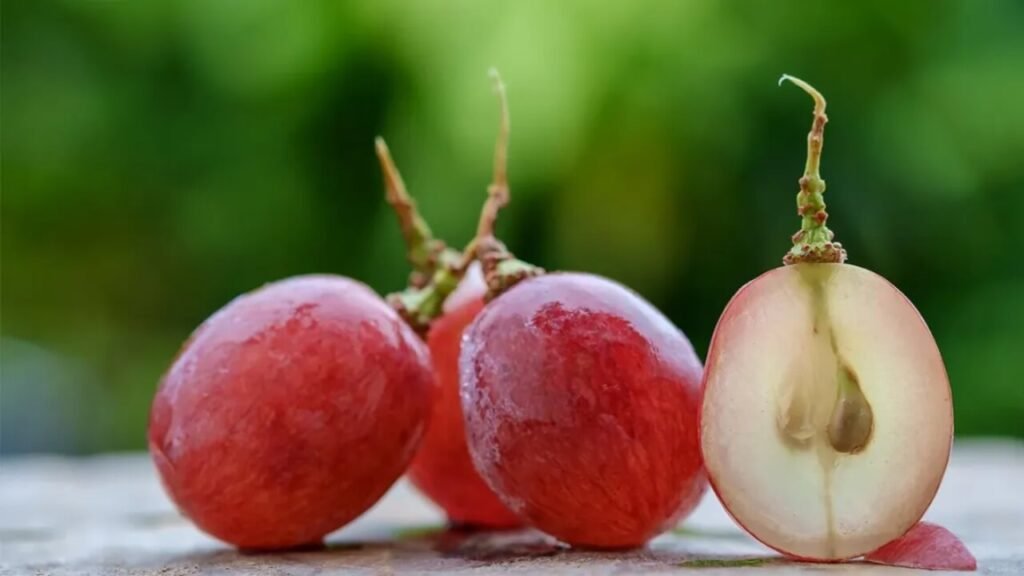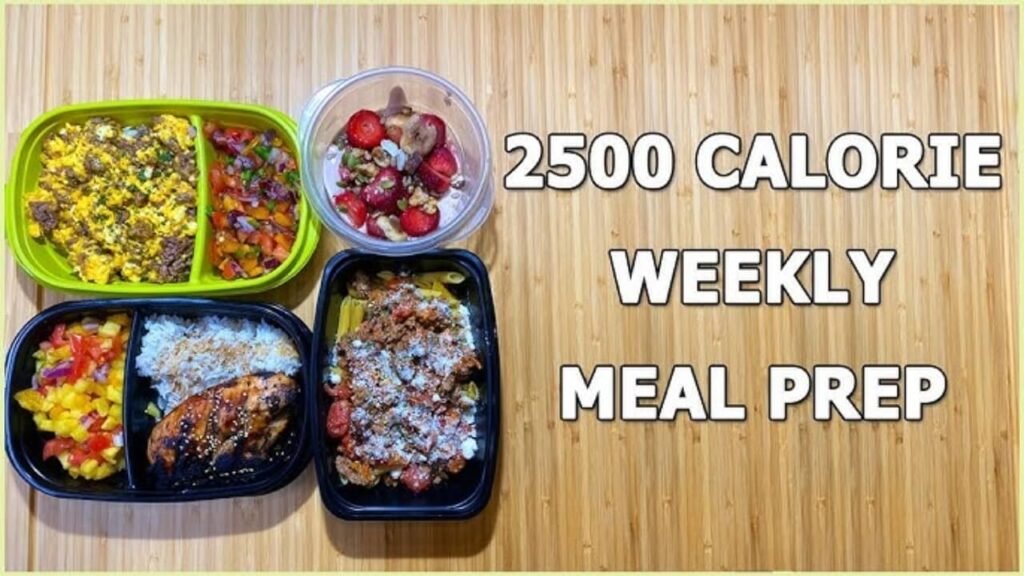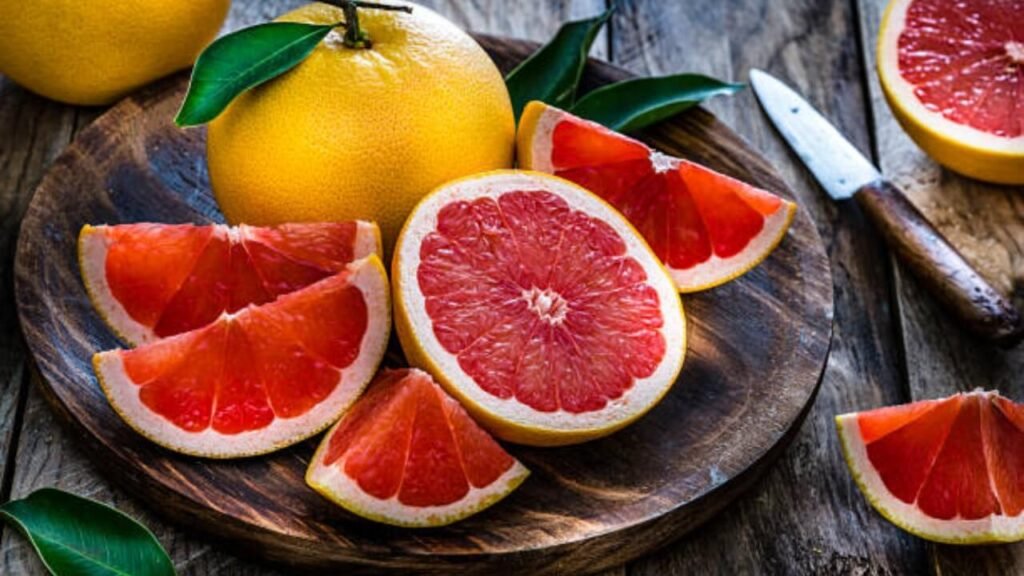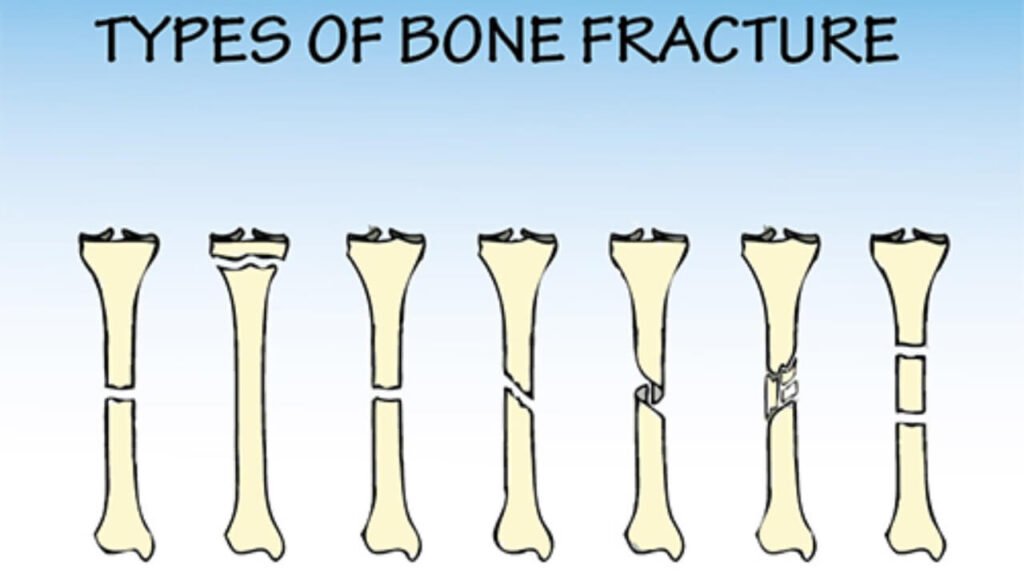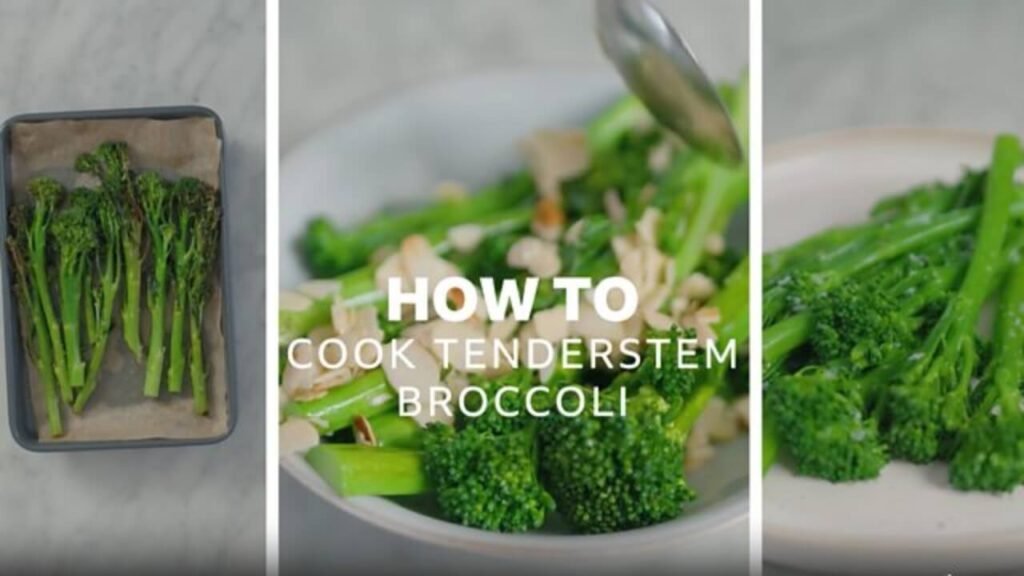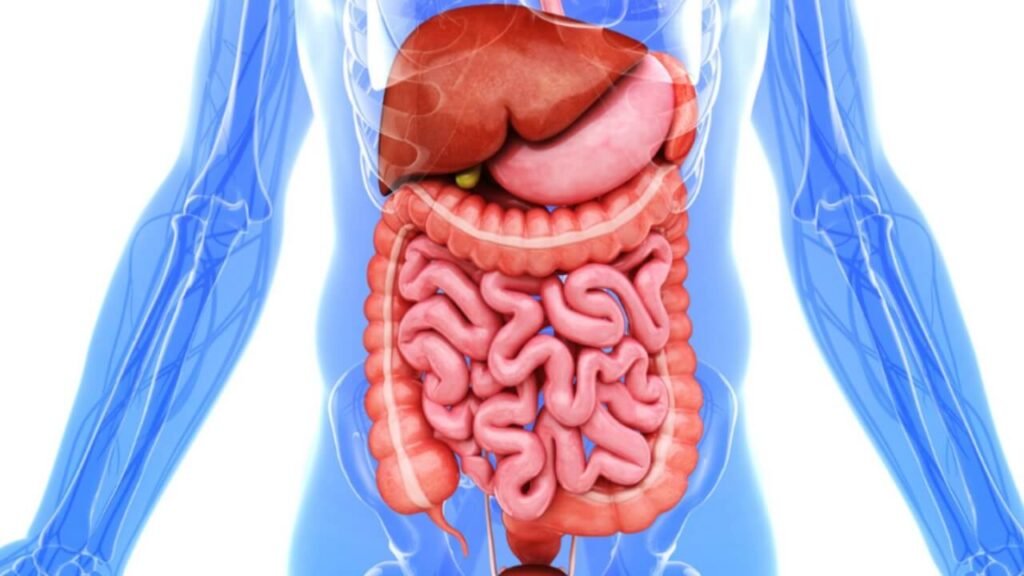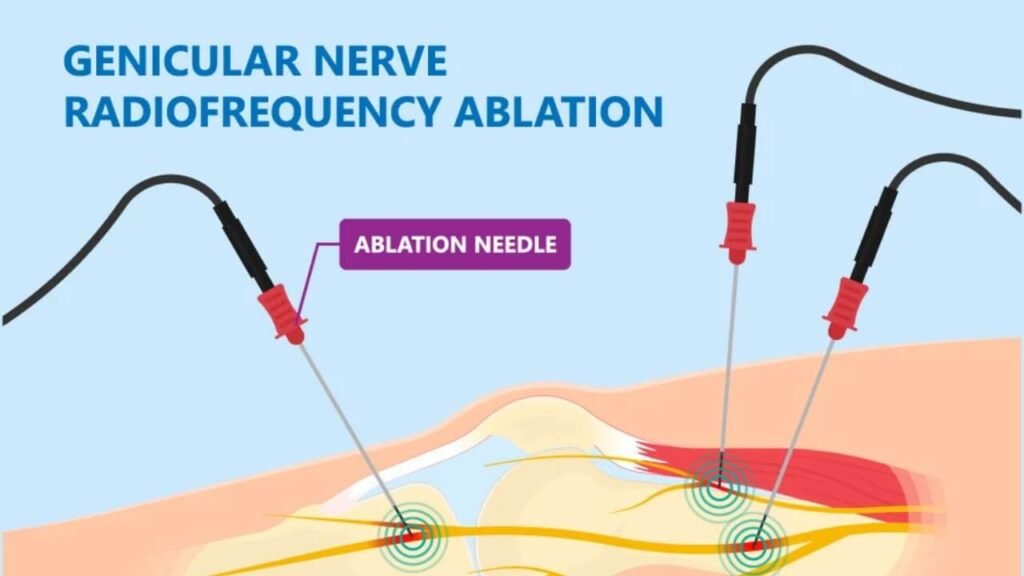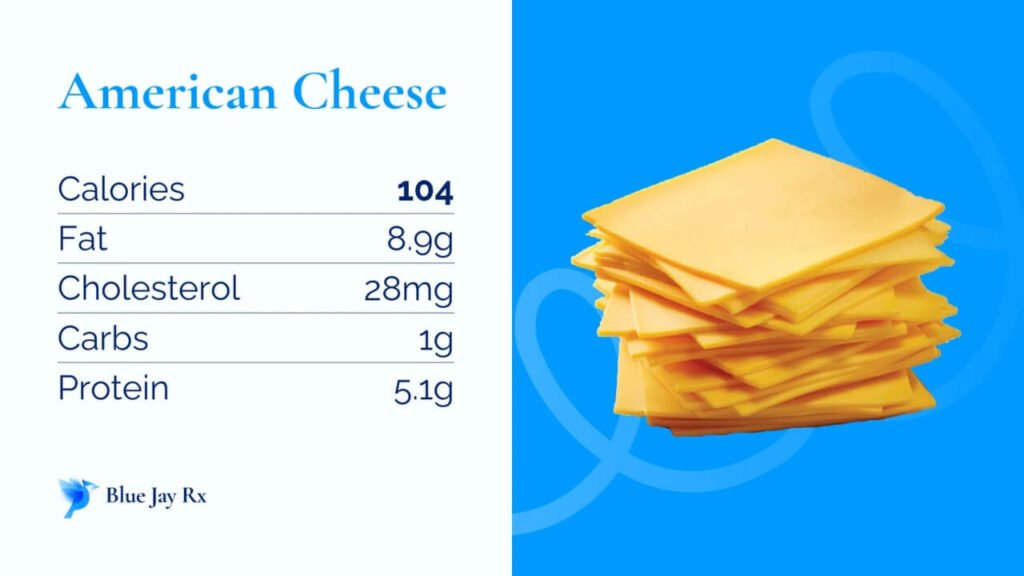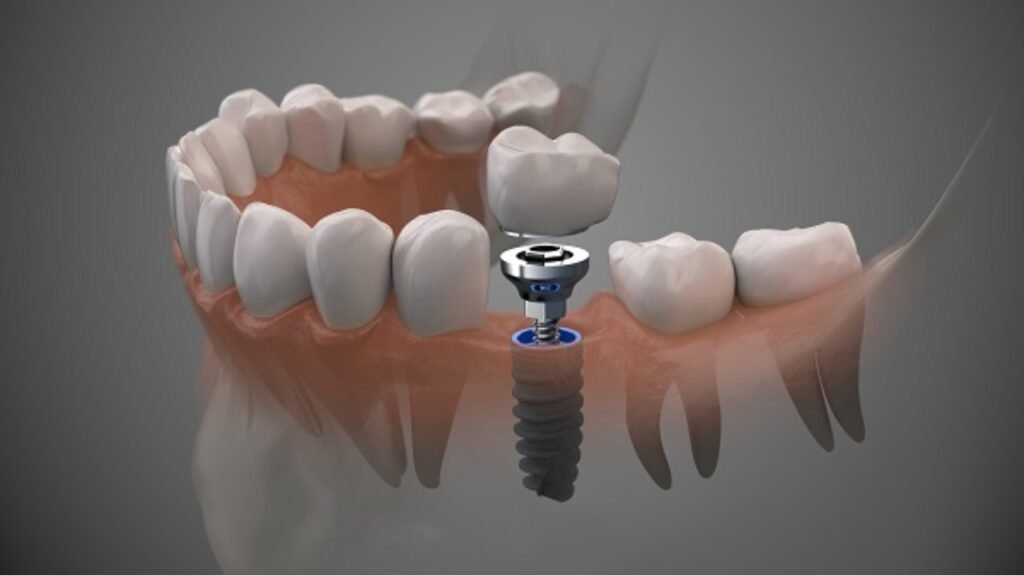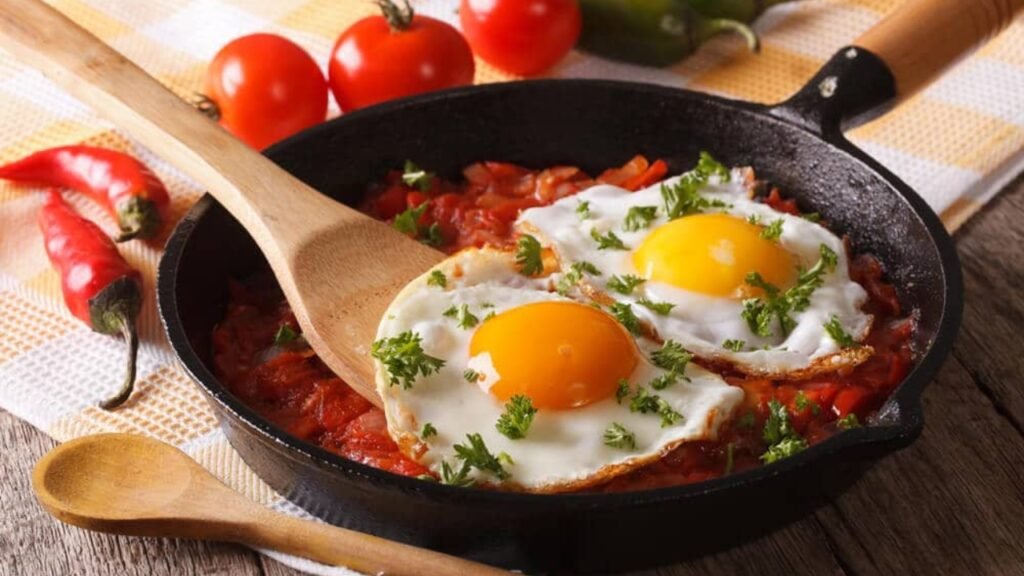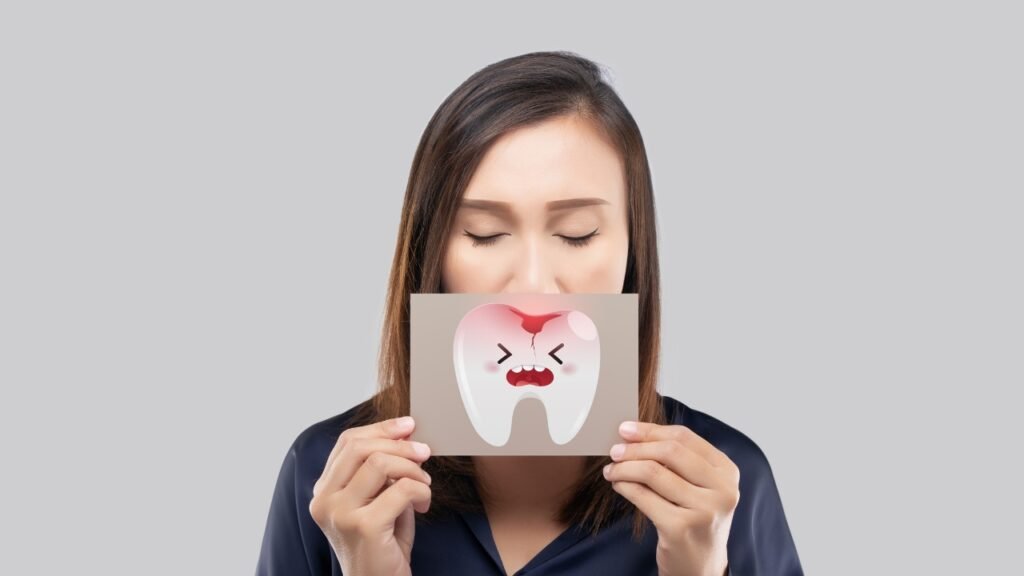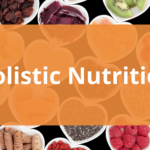Paleo Diet:Shocking secret revealed!

The Paleo Diet, also known as the “Caveman Diet,” is a dietary plan based on the concept of eating foods that our ancient ancestors might have consumed. The idea behind this diet is simple: eat the way humans ate before the advent of agriculture. This means focusing on foods like meat, fish, vegetables, fruits, nuts, and seeds, and avoiding processed foods, grains, legumes, and dairy products. In this article, we will dive deep into the benefits, challenges, and tips for following the Paleo Diet, providing a full picture of what it entails.
What is the Paleo Diet?
The Paleo Diet is a nutritional approach that focuses on consuming foods that were available during the Paleolithic era, a period that lasted for over 2 million years. This diet emphasizes whole, unprocessed foods that would have been hunted or gathered by early humans. The basic premise is to return to the eating habits of our ancestors for better health and wellness.
Key Principles of the Paleo Diet:
- Eat Whole, Unprocessed Foods: The foundation of the Paleo diet is centered on eating foods in their natural state, as close to how they are found in nature as possible.
- Avoid Grains and Legumes: Since grains and legumes were introduced with the advent of farming, they are excluded from the Paleo plan.
- No Dairy: Dairy products are avoided due to the belief that early humans did not consume milk from domesticated animals.
- Healthy Fats: The Paleo diet encourages the consumption of healthy fats from sources like avocados, nuts, and coconut oil.
Health Benefits of the Paleo Diet
The Paleo Diet offers a variety of health benefits, which is why it has gained popularity over the years. From weight loss to improved digestion, this diet has been linked to numerous positive outcomes.
1. Weight Loss
One of the most compelling reasons people adopt the Paleo Diet is for weight loss. By cutting out processed foods, refined sugars, and grains, individuals may find themselves naturally eating fewer calories. Moreover, the focus on lean proteins, healthy fats, and fiber-rich vegetables helps to control hunger and prevent overeating.
- Lean Proteins: Proteins like chicken, fish, and grass-fed beef can help build muscle and keep you full longer.
- Healthy Fats: Avocados, olive oil, and nuts help promote satiety, which can reduce unnecessary snacking.
2. Improved Digestion
The Paleo Diet eliminates grains, which contain gluten and other compounds that can cause digestive issues for some people. Many individuals find that by cutting out these foods, they experience less bloating, gas, and discomfort.
- Fiber-Rich Foods: Vegetables and fruits provide essential fiber that helps maintain digestive health.
- Better Gut Health: By avoiding processed foods, which can disrupt gut flora, the Paleo Diet promotes a balanced microbiome, leading to better overall digestion.
3. Reduced Risk of Chronic Diseases
Studies have suggested that following the Paleo Diet can help reduce the risk of chronic diseases such as heart disease, diabetes, and certain cancers. This is because the diet is rich in antioxidants and anti-inflammatory foods that support heart health and reduce inflammation.
- Anti-Inflammatory Foods: Foods like berries, salmon, and leafy greens have anti-inflammatory properties that help reduce the risk of chronic illnesses.
- Blood Sugar Control: By eliminating processed sugars and refined carbs, the Paleo Diet helps stabilize blood sugar levels, reducing the risk of type 2 diabetes.
Foods to Eat on the Paleo Diet
The Paleo Diet focuses on eating foods that our ancestors would have had access to. Here are the main food groups included:
1. Meat and Fish
- Grass-fed Beef: Rich in omega-3 fatty acids and lower in fat compared to conventional beef.
- Poultry: Chicken, turkey, and duck are great sources of lean protein.
- Wild-Caught Fish: Salmon, mackerel, and sardines are all high in omega-3s and essential for heart health.
2. Vegetables
- Leafy Greens: Spinach, kale, and lettuce are nutrient-dense and low in calories.
- Root Vegetables: Sweet potatoes, carrots, and turnips provide fiber and important vitamins.
- Cruciferous Vegetables: Broccoli, cauliflower, and Brussels sprouts are packed with antioxidants.
3. Fruits
- Berries: Blueberries, strawberries, and raspberries are high in antioxidants and low in sugar.
- Apples and Bananas: These fruits provide essential vitamins and fiber, making them great snacks.
- Citrus Fruits: Oranges, grapefruits, and lemons are full of vitamin C and other immune-boosting nutrients.
4. Nuts and Seeds
- Almonds: A great source of protein and healthy fats.
- Chia Seeds: Rich in omega-3s and fiber, they help with digestion and satiety.
- Walnuts: Provide essential fatty acids that support heart health.
5. Healthy Fats
- Avocados: Full of healthy monounsaturated fats that support brain function and heart health.
- Olive Oil: A cornerstone of healthy fats, perfect for cooking and salad dressings.
- Coconut Oil: Known for its medium-chain triglycerides (MCTs), which are easily converted into energy.
Foods to Avoid on the Paleo Diet
The Paleo Diet eliminates a number of food groups that are considered modern additions to our diet. Here are some foods to avoid:
1. Grains
- Wheat: Includes all forms of wheat, such as bread, pasta, and pastries.
- Rice and Oats: These grains are high in carbohydrates and gluten, which the Paleo diet avoids.
2. Legumes
- Beans: All types of beans, including black beans, kidney beans, and lentils, are excluded.
- Peas: Like beans, peas contain compounds that are not allowed on the Paleo diet.
3. Dairy Products
- Milk: Both cow’s milk and goat’s milk are avoided due to the belief that dairy consumption wasn’t present in the Paleolithic era.
- Cheese and Yogurt: Since dairy is excluded, these products are also off-limits.
4. Processed Foods and Sugars
- Refined Sugars: Sugars found in candies, cookies, and soda are not allowed.
- Processed Meats: Bacon, sausages, and deli meats that contain preservatives and artificial ingredients are to be avoided.
Common Challenges of the Paleo Diet
While the Paleo Diet offers many health benefits, it can also present some challenges. Here are some common hurdles that individuals may face when transitioning to a Paleo lifestyle:
1. Lack of Convenience
Since the Paleo diet eliminates processed foods, it can sometimes be difficult to find convenient, on-the-go options. Preparing meals in advance and carrying snacks like nuts or fruits can help.
2. Social Situations
Eating out at restaurants or attending social gatherings can be challenging, as many common dishes are made with grains, dairy, or legumes. However, many restaurants now offer Paleo-friendly options, and it’s possible to request modifications to meals.
3. Cost of Specialty Foods
Grass-fed meats, organic vegetables, and other Paleo-approved foods can sometimes be more expensive than their conventional counterparts. However, focusing on buying in bulk, shopping sales, and eating seasonal produce can help manage costs.
Tips for Succeeding on the Paleo Diet
If you’re thinking about adopting the Paleo Diet, here are some helpful tips to set you up for success:
1. Plan Your Meals
Meal planning is essential for staying on track. Take the time each week to prepare meals, make shopping lists, and batch cook to save time during the week.
2. Experiment with New Recipes
The Paleo Diet can feel restrictive at first, but with some creativity, you can make delicious and diverse meals. Try out new Paleo-friendly recipes to keep your meals exciting.
3. Listen to Your Body
Pay attention to how your body responds to the Paleo Diet. You may experience initial cravings or withdrawal symptoms as you eliminate certain foods, but over time, your body will adjust and feel more energized.
Conclusion
The Paleo Diet offers a fresh approach to eating, focusing on whole, unprocessed foods that can help promote health, weight loss, and overall wellness. By cutting out grains, dairy, and processed foods, and embracing lean meats, fish, fruits, vegetables, and healthy fats, you can nourish your body in a way that is more in tune with your evolutionary roots. While the transition may be challenging at first, the long-term benefits of the Paleo Diet make it a worthy consideration for those looking to improve their health and well-being.
Remember, the Paleo Diet is all about making healthier choices, and with the right mindset and preparation, it can be a sustainable and rewarding lifestyle change.



